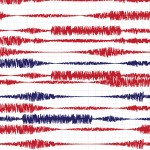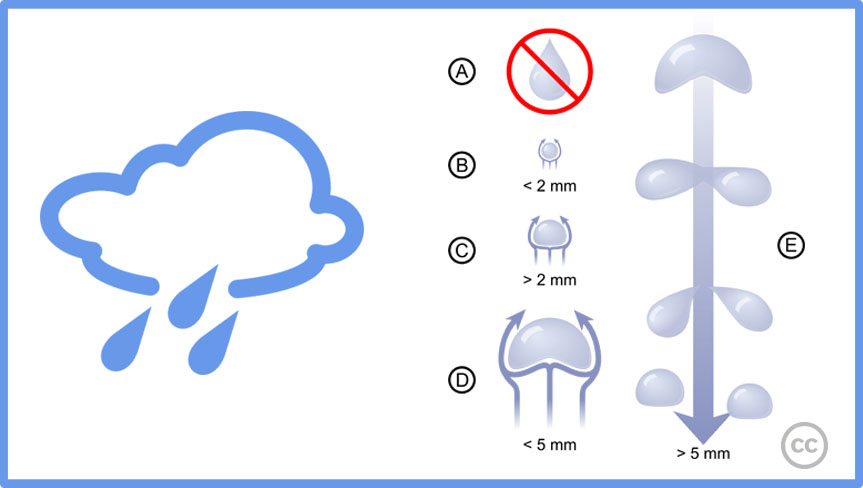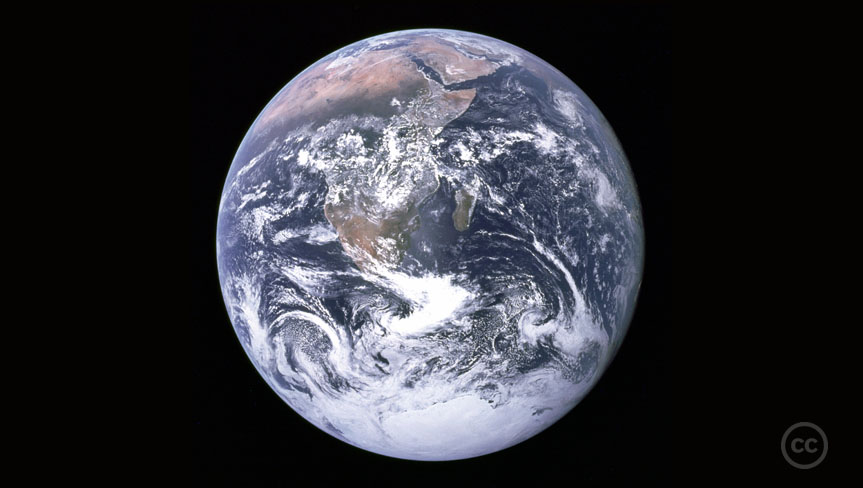
What maketh a violin?
The modern day violin was first designed in Italy by Andrea Amati, of the Amati family, in the 1500s. Future generations of the Amati family – sons Antonio and Girolami and grandson Nicolo Amati – perfected the art of making this musical instrument. Antonio Stradivari and Andrea Guarneri, Nicolo’s pupils, further improvised the design eventually…











